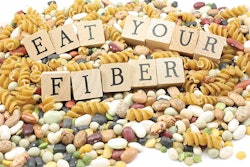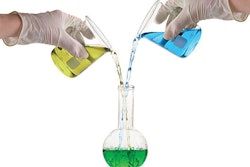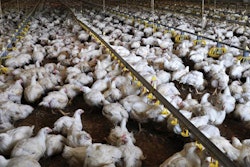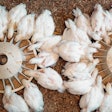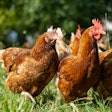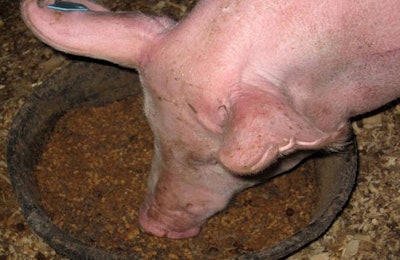
From grain quality to nutritional variation, nutritionists and feed manufacturers are constantly dealing with the handling, management and costs associated with producing efficient and safe animal food. On June 14 in Cologne, Germany, several industry experts will explore the advantages of several novel feed ingredients and their effect on protein production at the 8th edition of the FIAAP Animal Nutrition Conference.
Soy’s impact on digestion
Soybeans and their byproducts are very important protein sources in animal feeds; however, one must keep in mind that the various steps of processing the grain will affect the character of the end product.
Understanding the influence of the various steps in processing enables the feed formulator to better create a diet with the necessary dietary benefits for the animal in question. Digestibility of the protein is not merely a calculation factor to be used in formulation to obtain the correct level of digestible amino acids, but also a tool to reduce undigested protein and reduce gut health stress. This approach enables removal of causes for gut health issues, which in turn does not have to be treated by antibiotics or overcome by addition of other perhaps expensive solutions.
At FIAAP 2017, Dr. Lars Sangill Andersen, a nutritionist with Hamlet Protein A/S, will discuss which approaches should be used when evaluating digestibility of raw materials for piglets in his presentation, “The effects of processed proteins on swine nutrition.”
Ingredient selection in post-antibiotic production
Dr. Mike Varley, director of The Pig Technology Company, will discuss the principles and practice of feeding pre- and post-weaned piglets, the elements of nutritional delivery and gut health management during his talk, “Pre- and post-weaned piglet nutrition: a modern approach for tomorrow’s production landscape.”
According to Varley, significant changes in these applications have altered the feed ingredient utilized and the practice of formulation itself. The withdrawal of antibiotics, use of alternative energy ingredients and the introduction of novel protein and fiber sources offer nutritionists new opportunities and challenges. His talk will address these issues and speculate about the future of piglet diets.
Cassava as a surrogate for corn?
In times of grain market volatility, animal feed formulators are always looking for least-cost ingredient solutions by way of alternative ingredients. Recently, interesting research is revealing the potential of cassava in broiler diets.
Though cassava has its strengths, poor nutrient levels and the presence of cyanogens, which causes cyanide poisoning in animals when present beyond threshold limits, present a challenge for animal feed formulators. To overcome these issues, recent studies look at the use of free methionine as thiol precursor for in vivo cyanide detoxification. The research suggests no negative effect on growth, carcass yield and meat quality parameters when corn was completely replaced in the presence of increased ingestion of methionine.
Could cassava completely replace corn under practical feed formulation? Fusion Biosystems’ Dr. David Akinde will explore this possibility.
About FIAAP Animal Nutrition Conference
The 2017 FIAAP Animal Nutrition Conference is a one-day event, co-located with FVG Select, a matchmaking and networking event organized by Victam. It will be held in Cologne, Germany, on June 14, 2017.
To view the full lineup or to register for the event, please visit www.fiaap-conferences.com.


